Lifetime Experience in Nepal
Nepal is a small landlocked country located in South Asia, between India and China. It is known for...

The Annapurna Circuit trek is a majestic trekking route in Nepal that carries a huge legacy. The Annapurna Range itself is spectacular as it travels through a variety of beautiful landscapes, from green lowlands to the high-altitude Thorong Pass(5,416m). All that you require to prepare before trekking the Annapurna Circuit in Nepal, whether on your own or with a guide, is covered in our complete guide. Here are some tips on lodging, when to travel, what to carry, what to plan, directions, a schedule, and the budget required to travel in the Himalayas.
The Annapurna Circuit trek is difficult and at the same time, spectacular as well. Many consider it to be one of the finest trekking routes in the world, drawing thousands of visitors from around the world each year. After all, who wouldn't want to witness the mountains that nearly reach the sky?
There are a lot of things on the trek that is optional if you choose to hike the Annapurna Circuit. However, some things are compulsory to follow for everyone, such as obtaining trekking permits. Nevertheless, if you plan your trip through a travel agency, they will obtain these licenses on your behalf.
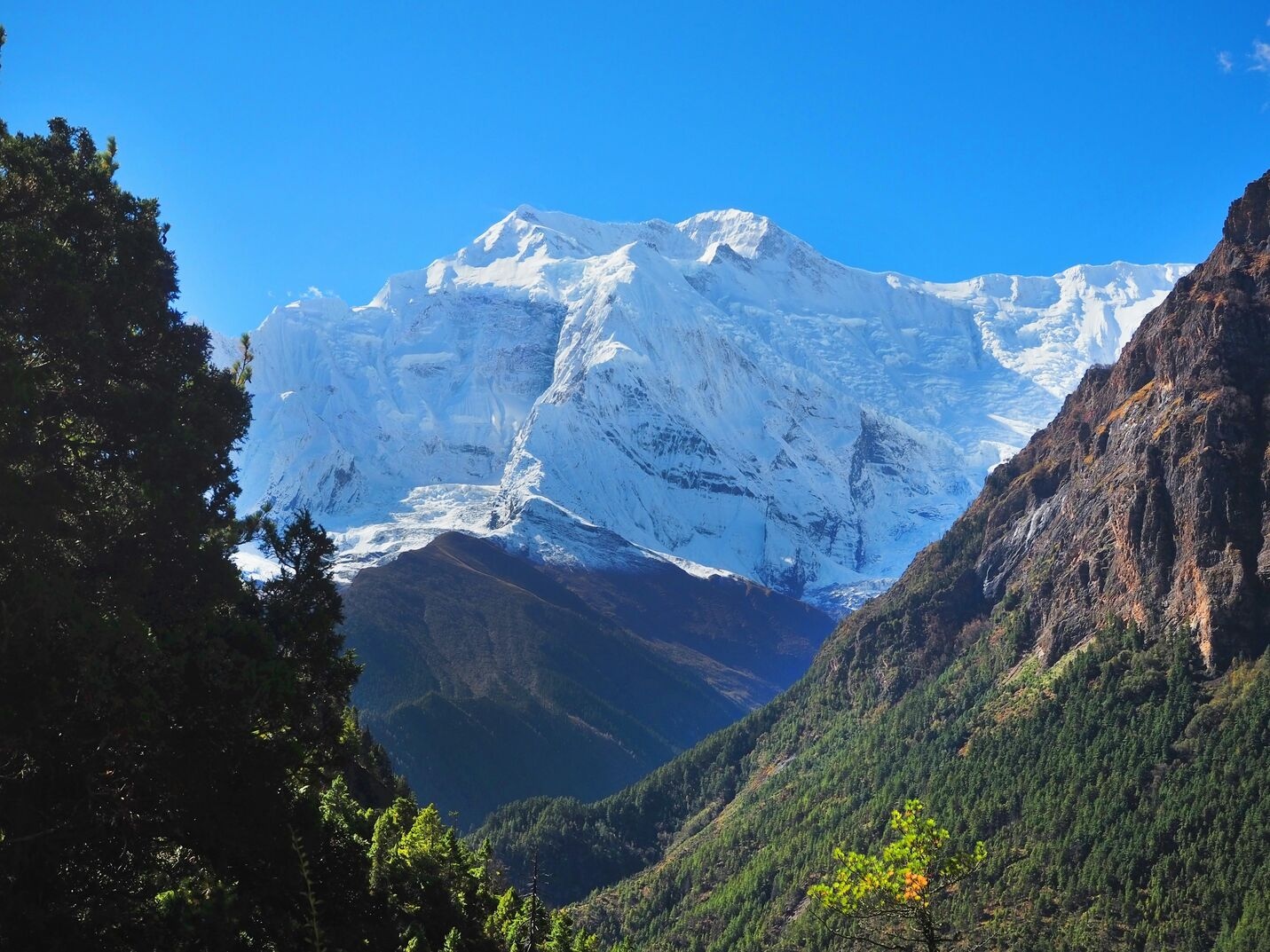 Why Annapurna Circuit Trek?
Why Annapurna Circuit Trek?Trekking in Annapurna Circuit is a special privilege. Annapurna first, second, third, and fourth is visible in the majestic sight of the Annapurna range. Additional summits like Lamjung Himal, Gangapurna Himal, Tilicho Peak, Dhaulagiri, and many more are also visible. The Marsandhi River on the Manang side and the Kali Gandaki on the Mustang side will enhance the beauty of the area as you hike the circuit.
In addition, there are also beautiful lakes in the region like Tilicho Lake known as the world’s highest lake, Ice Lake, and Gangapurna Lake nearby Manang village. For adventure seekers, there are several well-known high passes, including Mesokantala Pass, Kangla, Namrung Bhanjyang, and Thorong La.
Besides the natural beauty, the Annapurna circuit trek is remarkable due to the religious diversity and peace it nurtures. Buddhist and Hindu religions coexist together in this area and both religions have peacefully existed together under the same roof for hundreds of years. Muktinath Temple is one of the pure examples of religious unity in this area.
The beautiful Annapurna Circuit Trek lies within the mountain range of central Nepal. The Annapurnas are close to Pokhara, which is northwest of Kathmandu by around 6 hours. This trek surrounds the Annapurna Massif and travels across two separate river valleys. It begins in the small village of Besisahar at 760m.
The total length of the Annapurna Circuit is 260 kilometers, however, every route is unique depending on where you begin and conclude. The nature of this trip has drastically changed in recent years due to extensive road construction. Nowadays, only a few days are allocated to hiking trails. Nonetheless, this is still an outstanding Nepal trek if you have the correct guidance and helpful ideas for going "off-road."
There are four distinct seasons in the Annapurna Area and throughout the rest of Nepal. Winter, Spring, Summer, and Autumn. The ideal months for trekking on theAnnapurna Circuit Trekare generally regarded as October and November or April and May. Going to high elevations is not too cold during these two seasons because the weather is typically clear and dry.
Nonetheless, the Annapurna Circuit Trek can be done throughout the year. Trekking is still possible during the winter months, with November and December providing a nice break from the autumn trekking crowds. However, you must be ready for cold days, and cold nights and the chance for delays or cancellations are also possible because of snow. All in all, the ideal hiking seasons are from February to May and from early September to early December.
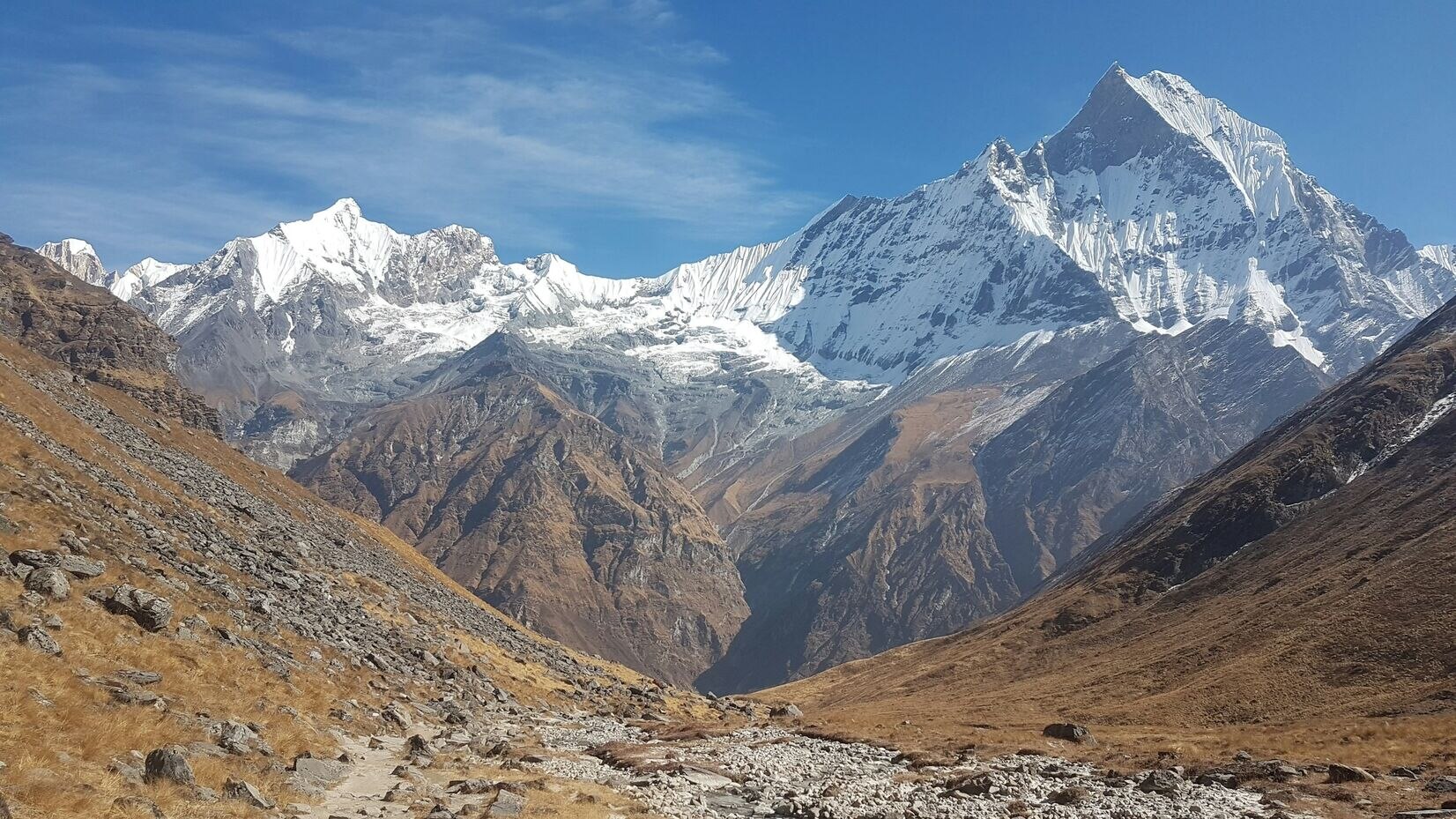
It is recommended to complete the Annapurna Circuit in 15 to 18 days. In that sense, the 18-day option is more traditional and follows the trails when this is possible. The 15-day option is being used by more and more people nowadays. The recommended schedule is for the entire circuit, but you can shorten it and change it according to your preferences.
Day 1: Arrival in Kathmandu and shift to hotel.
Day 2: Sightseeing and trek preparation in Kathmandu.
Day 3: Drive to Besisar(760m)
Day 4: Drive to Dharapani Village(1820m)-4hrs
Day 5: Trek to Chame(2710m)-5hrs
Day 6: Trek to Pisang(3115m)-5hrs
Day 7: Trek to Manang(3540m)-4hrs
Day 8: Rest day in Manang for adaptation and local tour.
Day 9: Trek to Yak Kharka(4110m)- 4hrs
Day 10: Trek to High Camp(4900m)- 4hrs
Day 11: Trek to Muktinath(3800m) via thorong la pass(5416m)- 5hrs
Day 12: Drive to Tatopani(1200m)- 4hrs
Day 13: Trek to Ghorepani(2880m)- 6hrs
Day 14: Hike to Poon Hill(3210m) trek to Tirkhedhunga(1440m)- 6hrs
Day 15: Drive to Pokhara(860m)-4hrs
Day 16: Fly or Drive to Kathmandu
Day 17: Free day for individual and leisure activities
Day 18: International departure for homeward bound
One of the most important things to keep in mind when creating a perfect Annapurna Circuit schedule is that not everything has to go according to the plan. The weather could be awful, and the altitude could cause your body to experience headaches or even worse. The importance of having two or three additional days in your plan just in case cannot be ignored.
The Annapurna Circuit is very diverse, so you must be ready for all weather conditions, including searing sun, monsoon rains, and snowstorms. You require at least two backpacks whether you're trekking with a porter who carries your gear or carrying all yourself.
The following are some absolute necessities to help you reach the summit well:
Sturdy Hiking Boots:
You'll be walking around in these for roughly 10 hours a day, so it's important to make sure they're supportive of your feet and ankles and pleasant to wear. Ensure that they are water-resistant.
6 Pairs of Underwear and 4 pairs of socks:
Wash them as you go! To keep your feet in your boot comfortably and to avoid friction, you should use fairly thick wool socks.
Thermal Wear:
Wear thermal clothes underneath your trekking gear to stay warm when temperatures begin to fall on the Annapurna Circuit. We recommend carrying 2 thermal tops and bottoms each.
2 pairs of Hiking Pants and 1 Pair Inside Pants:
You must get a pair of trekking pants rather than normally used Jeans or leggings. They must be comfortable enough for you to wear all day, stretchy enough for you to climb, and should be warm enough. In addition, pack a lightweight pair of inside pants for evenings at the teahouse.
Shorts and T-shirts:
Shorts are useful in lower-level regions that are warmer. Moreover, the best t-shirts for your Annapurna journey are the synthetic, moisture-wicking style that you'd wear to the gym since they keep you cool, keep you mostly odor-free, and allow you to breathe under all of your clothes.
Thick Down Jacket: The temperature might drop to a snowy -10°C in the Annapurna region. If you are not prepared enough, you run the risk of suffering from hypothermia and failing to reach the peak. So, a down jacket is a must.
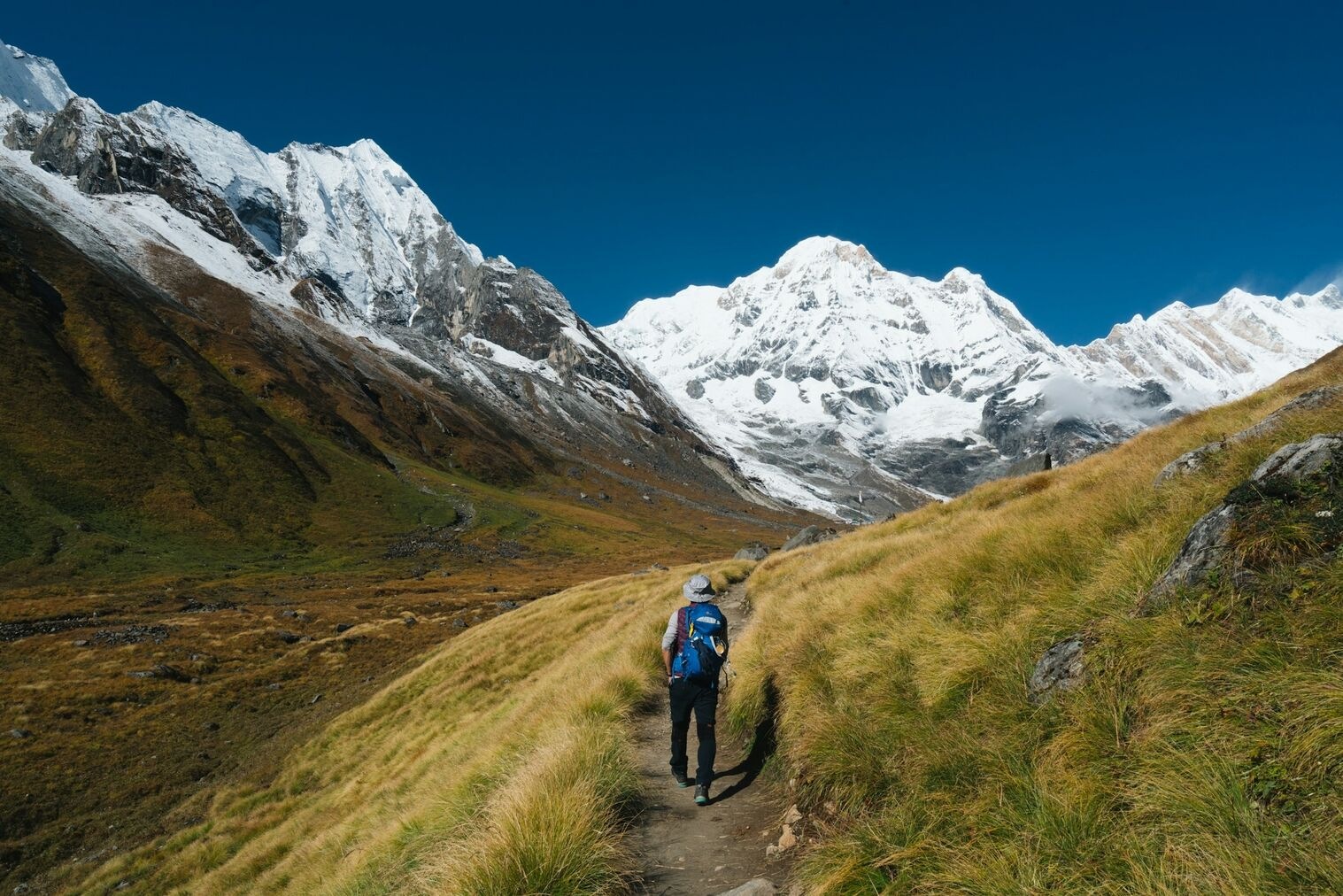
Trekking the Annapurna Circuit can be a difficult and demanding journey. It is important to get a medical check-up and ensure that you are physically able.
You must stay hydrated and must consume all the necessary liquids. Being at altitude and hiking a lot will cause your body to dehydrate more quickly than normal, so drinking fluids frequently is essential. This means 4 liters a day minimum.
One of the worst things that may occur to you on a trek is to get sick, so at all costs carry water purification tablets. Additionally, carry Diamox, a medicine that treats or prevents acute mountain sickness. You can also get relief from headaches, nausea, and other symptoms like sudden diarrhea by taking Paracetamol and Imodium.
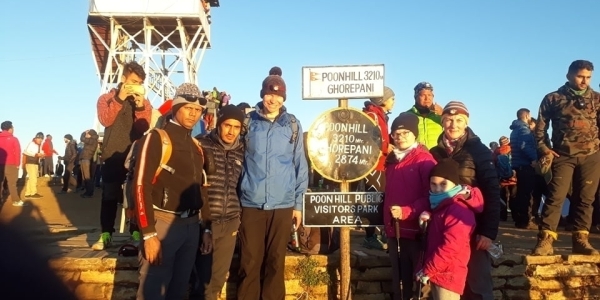
Nepal is a small landlocked country located in South Asia, between India and China. It is known for...
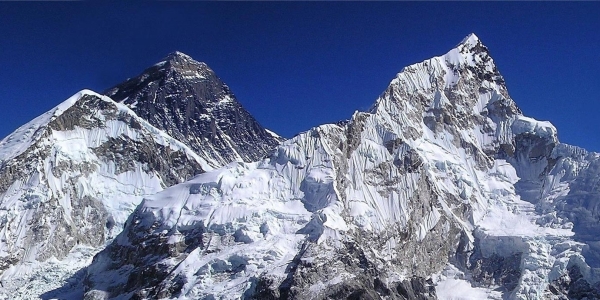
Thousands of enthusiastic hikers around the world have an ultimate dream to reach Everest Base Camp...
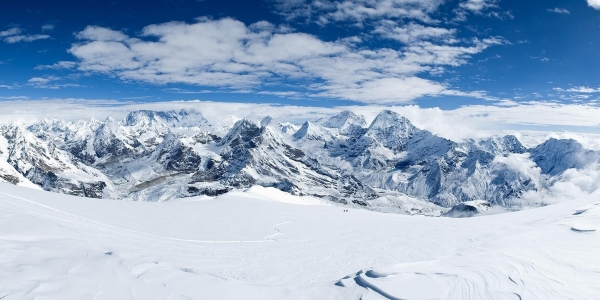
Are you an adventure enthusiast seeking the thrill of conquering peaks while immersing yourself in t...
